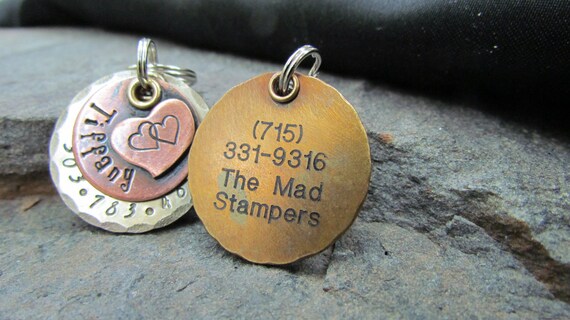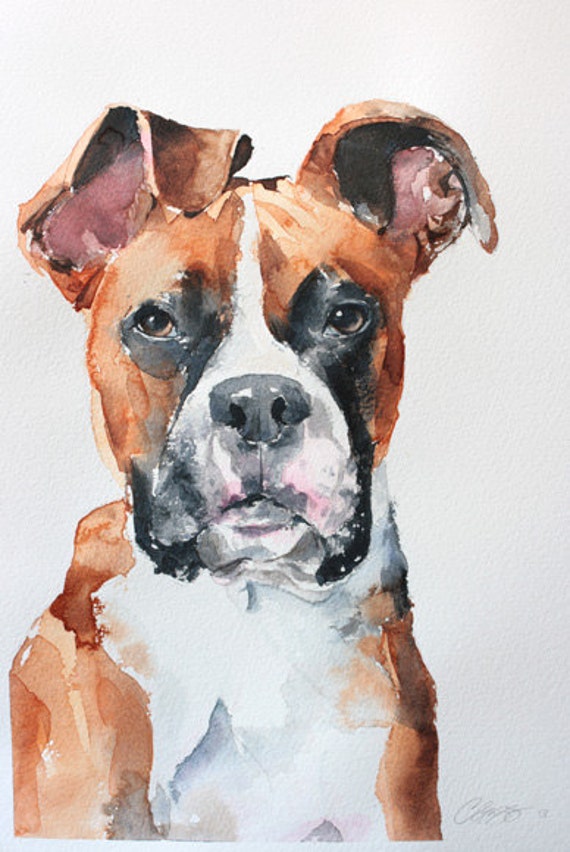February is Pet Dental Health Month. Just like you, your pet needs regular teeth cleaning and may need other dental work. This is done with your pet up on an exam table, under anesthesia, by a veterinarian. They use some of the same tools your dentist does!
In honor of Pet Dental Health Month, schedule a dental at Forest Hills Pet Care by March 15th for your pet to receive 20% off the treatment!
Forest Hills Pet Care's website gives you access to information from the Veterinary Information Network library, including resources on dental care. An
article from the resource by Wendy C. Brooks, DVM, DipABVP suggests the following:
Do's and Don'ts of Brushing Your Pet’s Teeth
Don't use human toothpaste on your pet.
Do use a toothbrush without any paste at first so that your pet may get used to the object in the mouth before having to contend with flavor.
Don't attempt to clean the inner surface of your pet's teeth. Natural saliva cleans this surface on its own.
Do try to perform dental home care at least once daily.
Don't perform dental home care during the first week after a full dentistry in the hospital as your pet's gums may be tender.
Don't consider dental home care as an alternative to full dental cleaning if your pet has more advanced dental disease.
Dental Wipes, Rinses and PadsSome animals, especially those with tender gums, will not tolerate brushing but are more amenable to disinfecting wipes or pads. These products will wipe off plaque deposits from the surface of the tooth and, though they lack the ability to pick food particles out of the gum socket, they are probably the next best thing to brushing and, like brushing, these products are best used daily.
OraVet
This product addresses the convenience factor of pet dental care. Doing anything in a pet’s mouth daily year after year is a difficult habit for most people to establish. We have enough trouble taking care of our own teeth. Oravet is a wax-like substance applied once a week to the outer surface of the teeth with a swab (though it can be used even daily for pets with particularly bad gingivitis). Oravet prevents plaque from attaching to the tooth and provides a helpful mode of dental care on an easy to follow schedule.
Dental Treats
For many people, doing anything inside their pet’s mouth on a regular basis is simply never going to happen. Fortunately, all is not lost: chewing on a proper dental chew can reduce plaque by up to 69%. This may not be as good as brushing but it certainly beats doing nothing. There are many products available for both dogs and cats. How often does the pet need to chew? One study using the Pedigree Dentabone showed excellent results but dogs were provided with a chew bone six days a week. Many dogs are not as interested in chewing.
Not all chews are alike. Chewing provides abrasion against the tooth removing plaque and tartar. Some chews and biscuits include the ingredient hexametaphosphate, which prevents the mineralization of plaque into tartar. (In one study, two such biscuits daily removed 46% of tartar in time.) The Forte feline chews were found effective in reducing plaque and tartar but cats had to eat one chew daily to achieve benefit.
Greenies
This particularly popular chew treat has generated some recent controversy and deserves some special mention. The Greenie is a green chew treat for dogs, found effective in removing plaque and is generally found highly palatable to dogs. Original Greenies were made with wheat gluten that dissolved slowly in the stomach. Some pets swallowed large chunks of a Greenie, the Greenie failed to dissolve in the stomach and intestinal obstruction resulted. Some deaths were reported. Since then, the Greenie has been reformulated using soy instead of wheat. The new Greenie is actually flexible and its manufacturer feels past problems have been resolved. The new formulation came out mid-2006 and is available in both canine and feline treats. Both are approved by the Veterinary Oral Health Council, a group that awards its seal of approval to treats and diets showing scientific evidence of plaque and tartar retardation. See a list of the
VOHC's approved products.




















